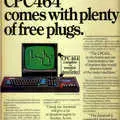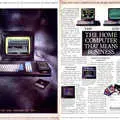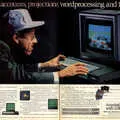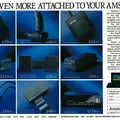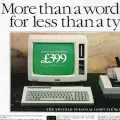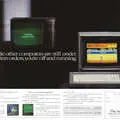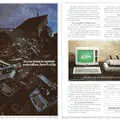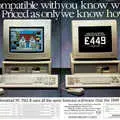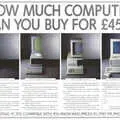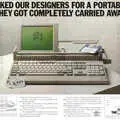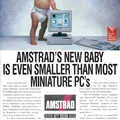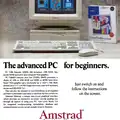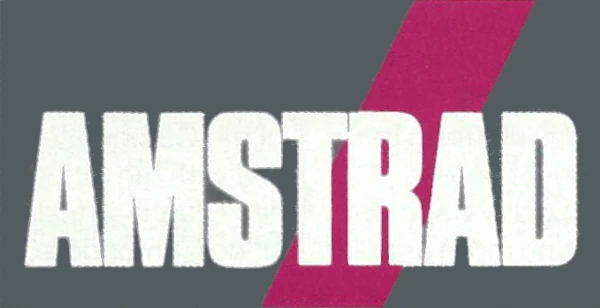
Amstrad Advert - August 1986
From Personal Computer World
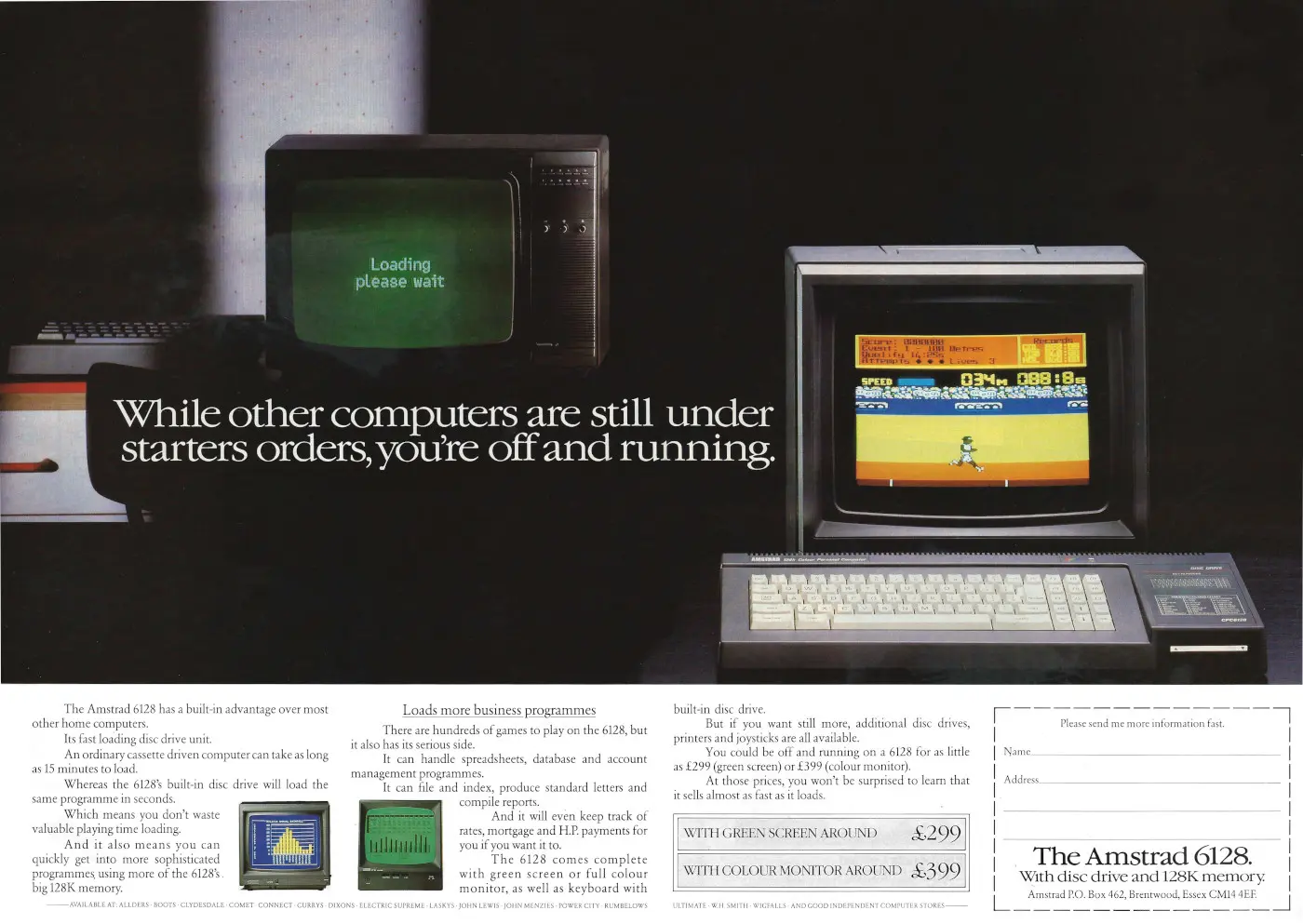
Amstrad 6128: While other computers are still under starters orders, you're off and running
The Amstrad CPC 6128 (although the CPC part seems to have been dropped) was first launched in the US in June 1985, before appearing in the UK in August the same year.
It had only been six months since the CPC 664 had been launched and a lot of customers were unhappy, especially as head of Amsoft - Amstrad's software offshoot - William Poel had said at the beginning of 1985 that:
"One of the things we have always said with regard to home computers is that we are committed to the idea of portability. We're not going to bring out a new machine which immediately makes the old one redundant. When we bring out a new machine, we want all the existing software to run on it without any problems.[1]"
Despite those assurances, the 6128 wasn't fully compatible with the 664 as the machine's ROM differed slightly[2].
The 6128 - along with Amstrad's other micros - used the slightly non-standard 3" floppy disk drives, rather than the more mainstream 3½" format, which was itself starting to replace 5¼" floppies.
This caused problems for Amstrad when the major supplier of the 3" format - Panasonic - decided to retool its 3" production line to make 3½" disks for the about-to-be-launched IBM JX.
As a result of the feared shortage and the increased prices it would likely entail, Alan Sugar had apparently stated that he was going to advertise that the disks should only cost £3.
According to Guy Kewney of Personal Computer World, he said, in his "shy, retiring and undemonstrative manner which has endeared him to so many", that:
"The greedy dealers who are getting one hundred percent profit from them will have to sell them for £3"
Sugar reckoned that there wasn't going to be a shortage of the disks, only that there were just "timid buyers who weren't taking big enough quantities". Meanwhile, buyers were speaking of being offered disks in 10,000 quantities for £32 per box of 10 - already more than Sugar's £3 per disk, and that was the wholesale price.
Amstrad had contacted Panasonic, and supplies were supposed to be stabilised "very soon". Meanwhile, Alan Sugar was unrepentant about the whole situation, saying:
"We were fooled by dealers who told us that there was supposed to be a 100% mark up on diskettes. And it's our fault: the penny took a long time to drop, and we should have realised that they should make the same mark up on diskettes as they do on video tape, or music tape. That sort of mark up is OK on software, where there's a risk involved, but not on disks, not on blank disks[3]".
At the beginning of 1986, Alan Sugar won the Personality of the Year award at the Which Computer? show, with his "professed aim to make the benefits of information technology available to everyone" apparently swinging the vote. Guy Kewney, writing in April 1986's Personal Computer World wasn't too impressed with this "sanctimonious claptrap", suggesting instead that he'd have given Sugar an award for honesty.
Sugar's professed aim was not some "pious altruism" but rather an intent to sell equipment in large volumes and at good profit, which he seemed to be doing quite well at as he announced Amstrad's year-end financial result, showing that profits were substantially above what the City had been expecting, and that the company had captured 40% of the UK market.
According to Kewney, honesty in the City of London was a rare thing, where even though it had become illegal to do so, companies routinely appeared to leak their financial results before publishing to the benefit of their cronies.
That everyone in the City was commenting on Amstrad's results was seen to be proof that Alan Sugar "didn't let a few friends in stockbroker's offices see his results before they were officially announced[4]".
Date created: 08 February 2024
Last updated: 11 December 2024
Hint: use left and right cursor keys to navigate between adverts.
Sources
Text and otherwise-uncredited photos © nosher.net 2025. Dollar/GBP conversions, where used, assume $1.50 to £1. "Now" prices are calculated dynamically using average RPI per year.
